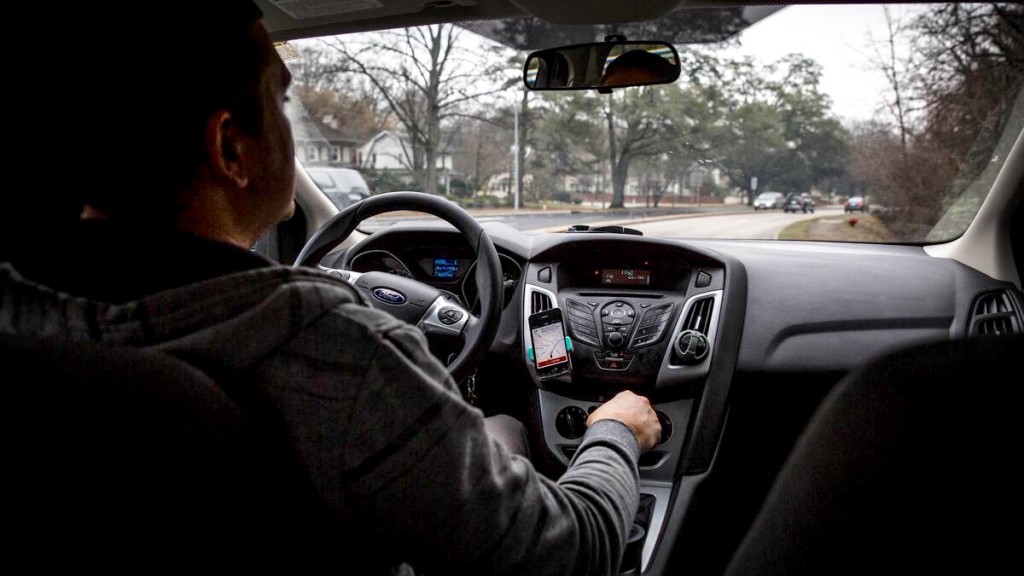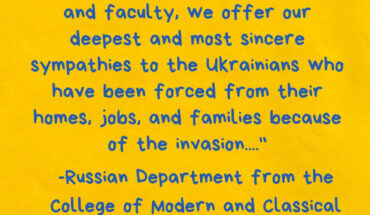Issmar Ventura, Staff Writer
Two competing mobile ride hail companies, Uber and Lyft, have become popular sources of income for Mason students. Working for either of the two San Francisco-based companies, which function almost identically by connecting users with drivers via mobile apps, is flexible and pays well, according to these students.
Junior Jorge De La Hoz, has been an Uber driver since December 2015. Formerly a user of the service, De La Hoz relied heavily on it to commute to work, and later joined with the intention of making money to pay for his tuition.
“What I enjoy the most about being an Uber driver is that I have control of when I want to go out and start working, as I get to make my own schedule,” De La Hoz said. “Also, on a good weekend night, the pay is not bad, and I never have to drive too far.”
Uber and Lyft driver applicants are required to meet similar requirements. According to the companies’ websites, drivers must be 21 years of age or older and pass a background check. Both companies also have the same requirements for the driver’s vehicle, including having four external door handles and in-state license plates.
De La Hoz likes the fact that he can use his own car to transport customers and did not have to go through the difficult process of becoming a certified taxi driver.
“By using my own vehicle, I have more control and get to make my own rules without interrupting the comfort of my riders,” De La Hoz said. “I have earned a lot more than I thought I would, especially during peak times of the day and holiday seasons like rush hour and Christmas time.”
Carla Falconi, a junior, converted from being a taxi driver to Lyft driver this past spring, said she was happy to make the shift.
“Being a Lyft [driver] is so much easier than being a normal taxi cab driver,” Falconi said. “I have received so many good reviews and great tips from my customers who have given me the opportunity to be a more qualified Lyft driver while earning money on my own terms.”
Their customer rating systems have provided a degree of quality control that taxi regulators have not been able to achieve.
De La Hoz has enjoyed perks like getting to know his area better, being able to play music that both he and his customers enjoy and especially, not looking awkward in a yellow car.
“By being an Uber driver, I feel good to know that I am helping other students like myself get around without spending tons of money, especially in the Fairfax area where public transportation can take so long to arrive and their prices can be too expensive,” De La Hoz said.
Falconi enjoys providing her service for all her clients, especially those who want a speedy ride to and from campus or enjoy going out on weekend nights. She also appreciates Lyft’s down-to-earth business model.
“Lyft helps those who’s car broke down, those who want to save car mileage, or even those students who do not wish to drive back home after a fun night of partying, which can prevent students from being pulled over and getting a DUI,” Falconi said. “It can even save lives.”
However, being a driver has its challenges. For instance, they have to worry about increased mile accumulation, wear and tear, and cleanliness. Drivers admit that some riders can leave a backseat quite dirty.
De La Hoz said his job with Uber has required him to take his car to the mechanic more often, experience longer hours stuck in traffic and more exposure to possible car accidents.
Even with the insurance coverage Uber offers its drivers, “[driving] can be dangerous and you have to have the patience to sit in bad traffic at all times,” De La Hoz said.
Nevertheless, business is booming and Mason is taking notice. Mason’s Parking and Transportation Services website is advertising two free Uber rides up to $20 each for any first-time student customer who uses the code “MasonIdea.”




